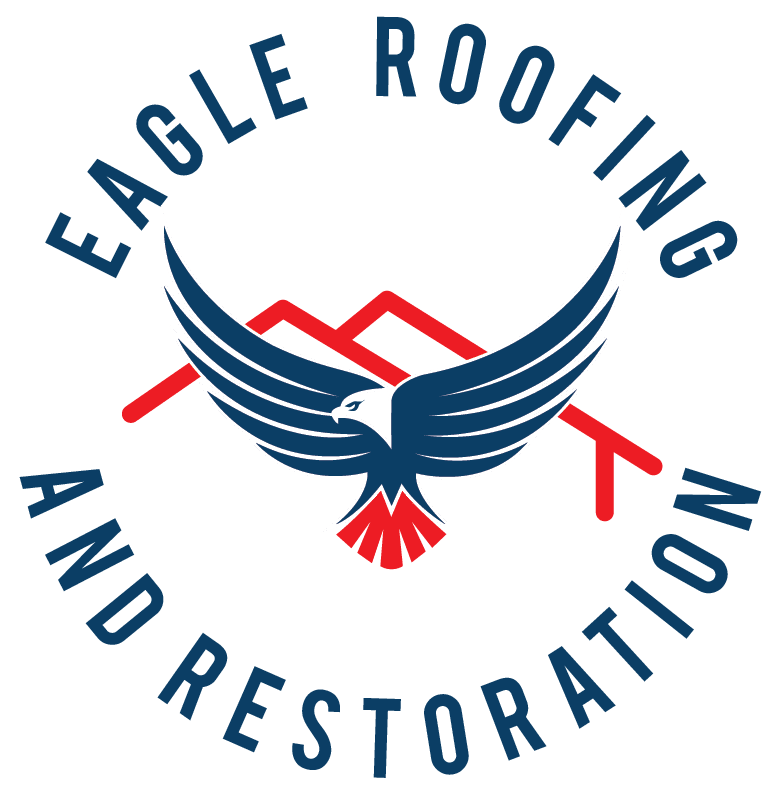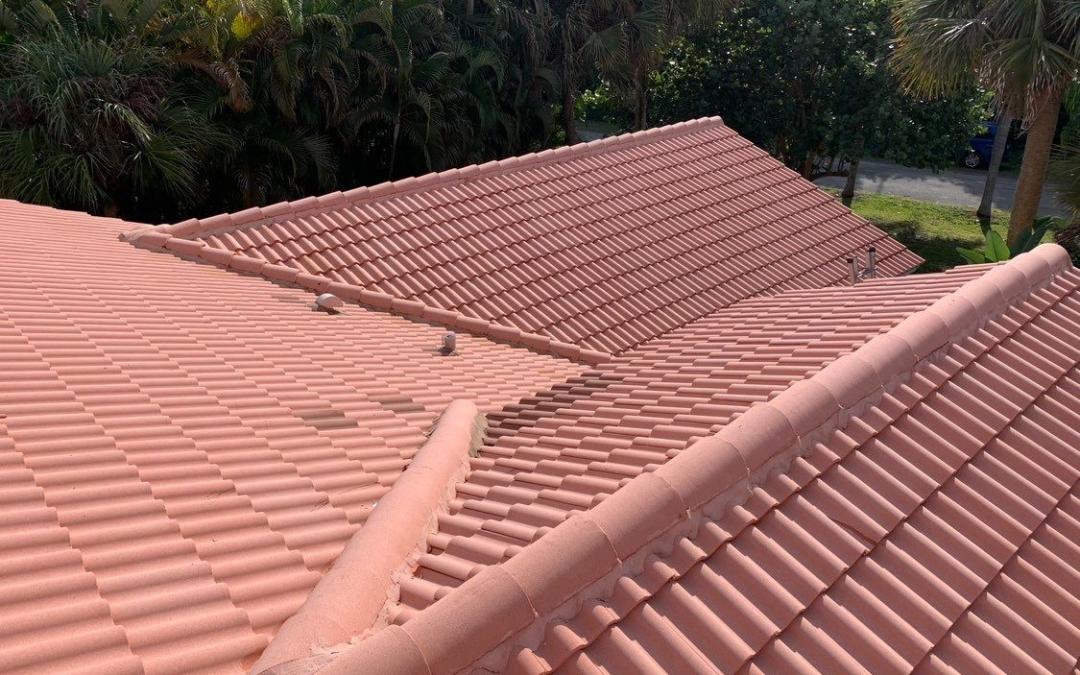If you’re wondering what does roof inspection include, here’s a straightforward answer: it involves a detailed examination of your roof’s structure, surface, drainage, and materials. From visual assessments to checking for water damage, seal integrity, and more, our article outlines what to expect in each key step own roof inspection while explaining their significance for the health of your roof.
Key Takeaways
-
A professional roof inspection includes a ground-level assessment, and using modern technology to examine shingles, flashing, etc.
-
Roof inspections cover not only the visible elements but also in-depth aspects such as roof penetrations and seals, and gutter systems.
-
Regular comprehensive roof inspections are crucial for maintaining structural integrity, preventing costly repairs, and extending the roof’s lifespan
Essentials of a Professional Roof Inspection
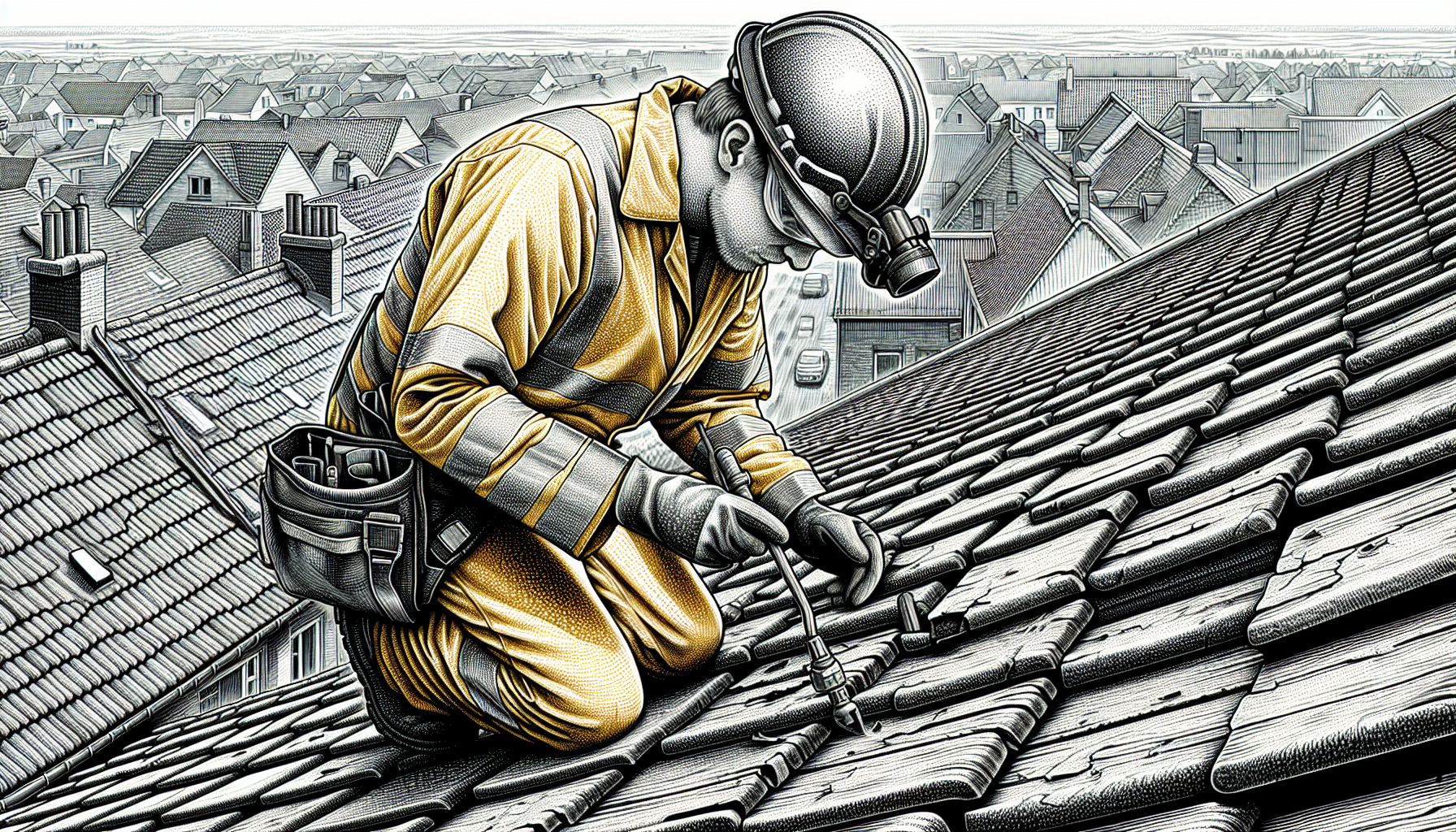
A health checkup for your roof, that’s what a professional roofing inspector or inspection represents. During this review, a roofing expert scrutinizes the state of your roof to pinpoint potential issues and advise on any necessary repairs or replacements required.
The process of conducting a thorough roof inspection involves several key steps.
-
An initial assessment from ground level
-
Climbing atop the roof to perform a hands-on examination
-
Employing advanced technology to examine every component of the roofing system, including individual shingles and flashing
Visual Examination of Roof Surface
A visual examination is the first step in a professional roof inspection. It involves inspecting the roof from the ground level, looking for any obvious signs of damage such as loose shingles, damaged flashing, and discoloration. This initial assessment can reveal a lot about the condition of your roof’s condition, but it’s just the tip of the iceberg.
For a more detailed understanding, a professional roof inspector takes the home inspection up to the next level – literally. They climb onto the roof to check for more subtle signs of wear and damage such as tears, and aging signs including cracks and holes, as well as confirm the proper alignment and condition of roofing elements like tiles.
Checking Roof Penetrations and Seals
During a roof inspection, it is crucial to examine the points where various objects like vent pipes, chimneys, or skylights emerge through the roofing material. These openings can become vulnerable to water intrusion if they are not adequately sealed, which can lead to leaks and possible long-term damage.
The inspector meticulously evaluates these spots for signs of wear and tear or any openings that might permit water infiltration during an annual roof inspection done. It’s essential for maintaining your roof’s condition and protecting your home against water damage that these penetrations are properly safeguarded from potential leaking issues.
Gutter System Review
The gutter system is essential in safeguarding your home against water-related harm by:
-
Redirecting water from the foundation to avert leaks, erosion, and potential flooding
-
Averting damage to landscaping, siding, and roof structures
-
Obstructing water ingress into basements or crawl spaces
-
Preserving exterior paint on your home and preventing unsightly stains
An integral aspect of a roof inspection involves assessing your roof replacement gutters for blockages, accumulation of debris, and indications that they were not installed correctly. Blocked gutters may result in overflowing water that could damage the roofing material while improperly mounted gutters might fail at efficiently channeling away rainwater from your residence.
The In-Depth Aspect of Roof Inspections
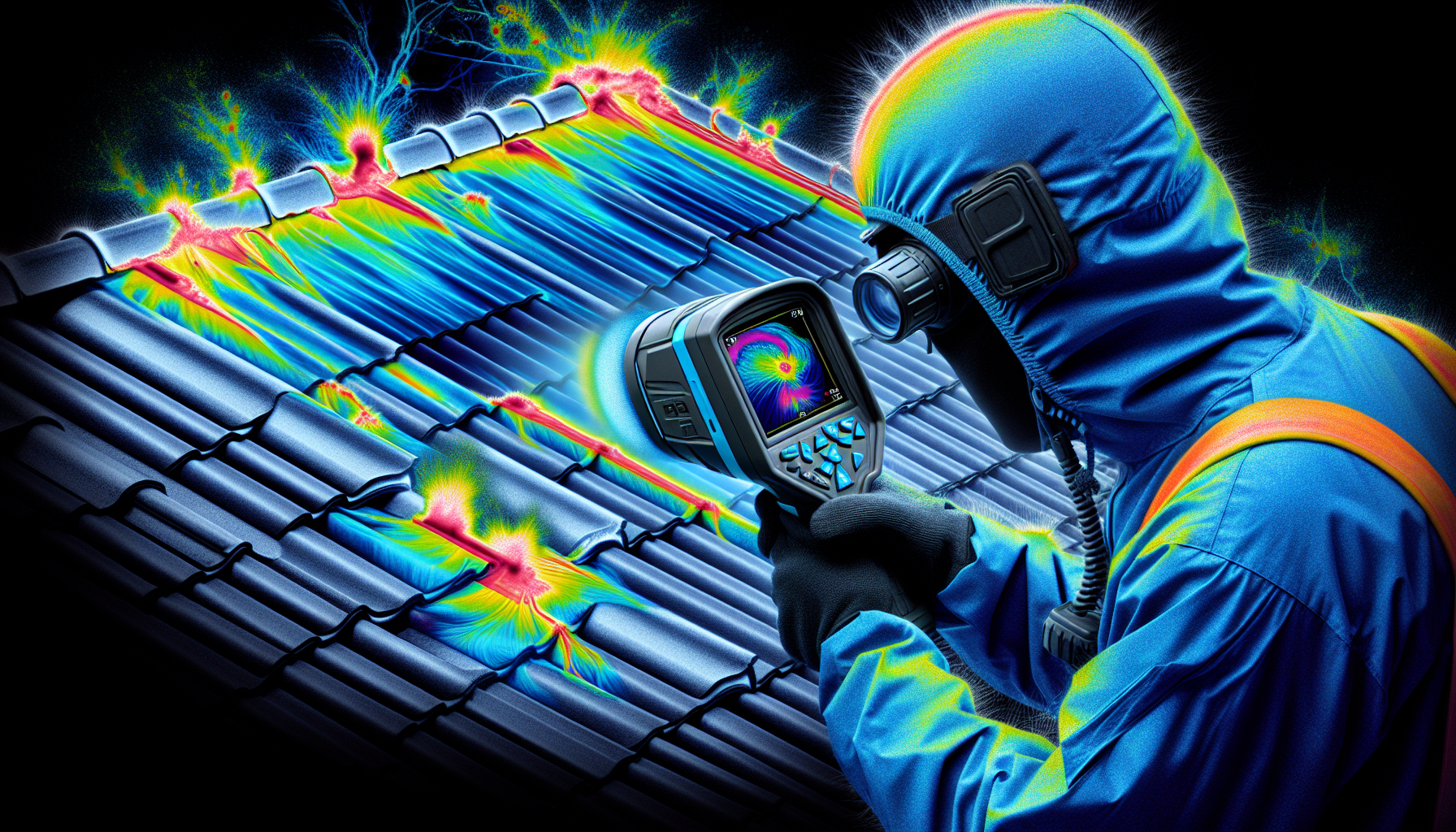
A visual inspection of a roof can reveal quite a bit about its status. Certain problems like water infiltration, deteriorating insulation, and inadequate airflow are not always apparent. To detect these concealed issues a roof inspection necessitates an exhaustive and careful examination.
Beyond merely observing the surface, an in-depth roof inspection entails scrutinizing the roofing framework which encompasses both the membrane and insulation layers as well as assessing if there is sufficient ventilation. Such scrupulous investigation is key to identifying underlying concerns that might affect your home’s structural integrity and indoor atmosphere.
Drone Roof Inspection Advancements
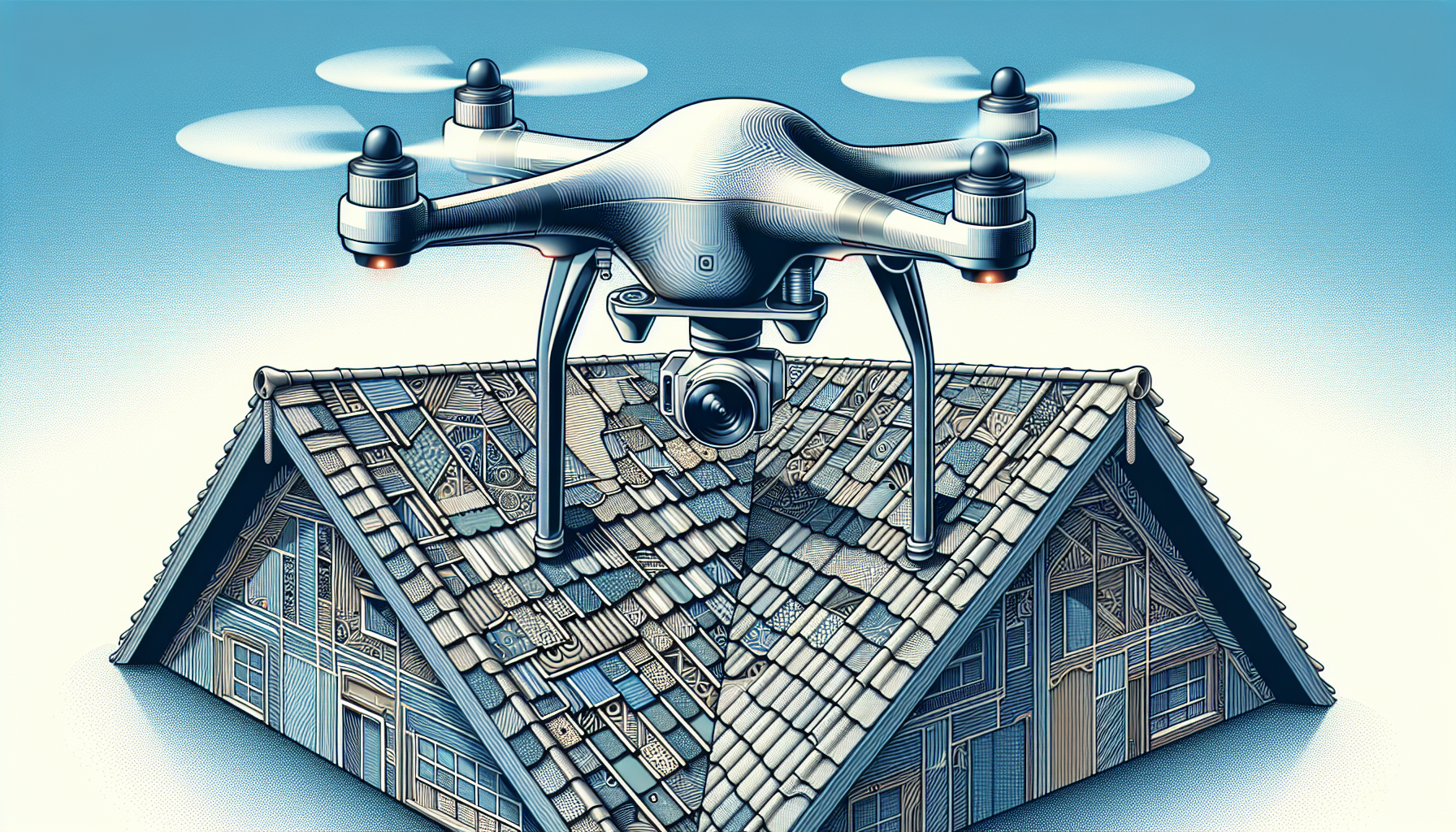
In recent years, drone technology has revolutionized roof inspections. Drones equipped with advanced technologies, including high-resolution cameras, can safely and efficiently analyze roofing systems, even those that are steep or difficult to access.
By flying over a roof, drones can provide a comprehensive view of areas that might be hard to reach, ensuring a thorough inspection without the need for physical climbing. Advanced analytics enhanced by drone technology aid in identifying issues that may not be visible upon a simple visual examination from ground level. It’s a safer, faster, and more comprehensive way to inspect roofs.
The Structural Integrity Check

The roof represents a complex assembly, not merely a surface of shingles or tiles. This system encompasses:
-
The foundational roof deck
-
Supportive decking and frame structures
-
Adequate attic ventilation mechanisms
-
Additional elements such as soffit, fascia, gutters, skylights, chimneys, and various vents
This procedure includes:
-
A thorough examination for any indication of sagging or water infiltration on the roof deck
-
An evaluation aimed at detecting issues concerning stability within the decking and framing architecture
-
Detailed scrutiny inside for fractures in the sheathing material underpinning your roof, checking if attic airflow is unimpeded, looking out for penetration by external light sources
Engaging regularly in exhaustive, structural inspection and integrity checks is essential to preserve both the robustness and enduring performance qualities inherent to your rooftop.
Interior Inspection
Inspecting the interior elements of a roof holds as much significance as evaluating its exterior aspects get a roof inspection. This detailed examination encompasses checking attics, ceilings, and walls to identify any evidence of water intrusion along with signs indicating mold growth, wood decay, or deterioration in roofing materials.
Roof inspectors with extensive experience meticulously search for traces of moisture entry and roof leaks within the residence. They may uncover watermarks, areas that feel damp to touch, or even spots where water is actively dripping. They examine the attic space closely for leak indications and use chalk markings to clearly denote areas affected by water infiltration.
Workmanship Assessment
The durability and functionality of a roof are largely determined by the quality of both materials used and the skill with which it is installed. As such, evaluating workmanship is an essential component of any thorough, roof repair and inspection.
An inspection will typically involve a professional roofing contractor and experts scrutinizing the method of nailing, assessing material standards, and checking that shingles have been appropriately placed to gauge if there has been high-quality craftsmanship. If issues in workmanship are discovered during this process, such as missing shingles for example, homeowners can then consult their warranty on workmanship to establish whether these necessary repairs fall under coverage.
By conducting this assessment diligently, one ensures not just the structural integrity, but also verifies that superior craft has gone into fitting your home’s rooftop flawlessly.
Why Regular Roof Inspections Are Crucial
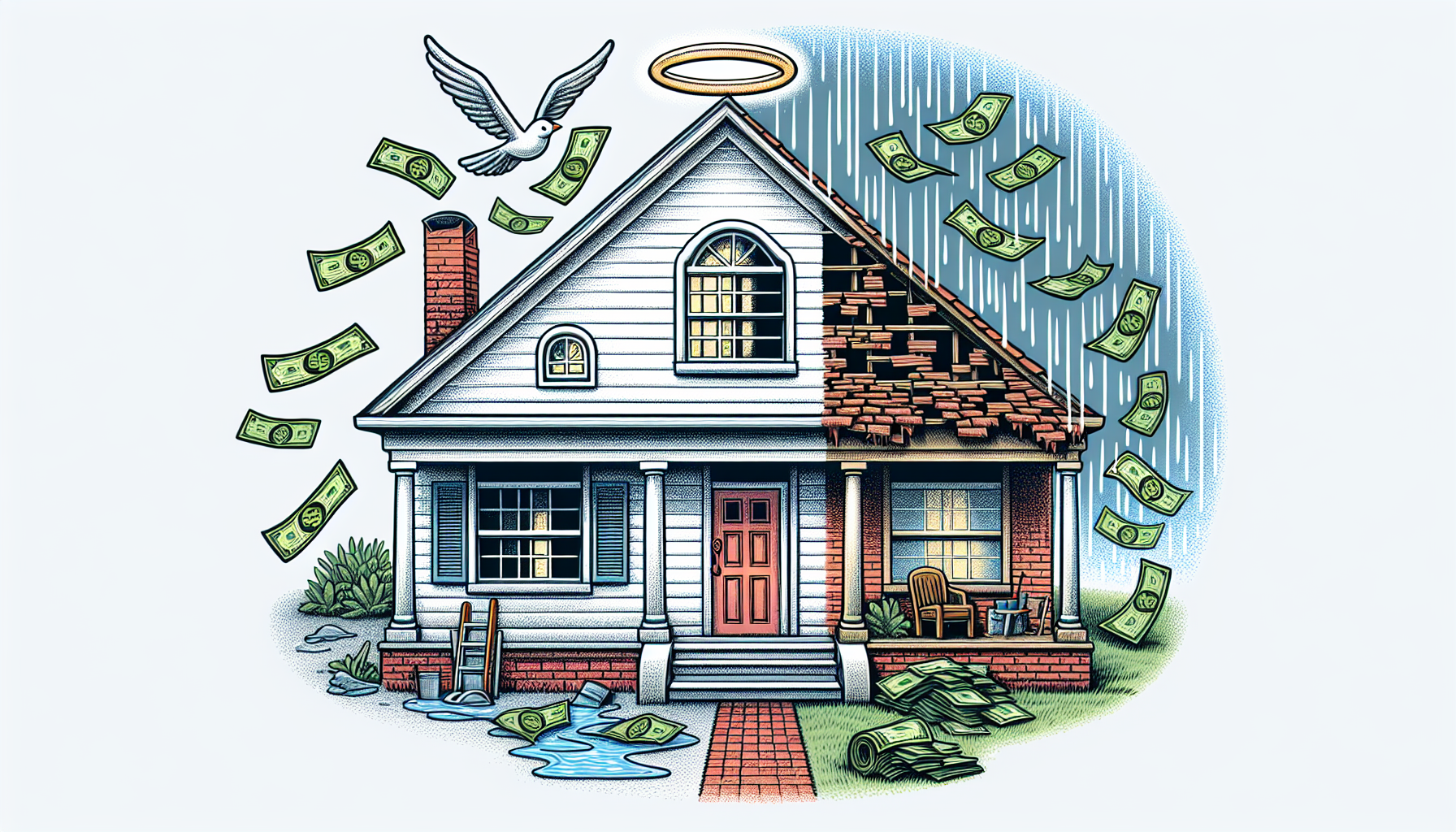
Investing in regular roof inspections can preserve the well-being of your home and offer you tranquility. Such inspections play a crucial role in upholding your roof’s condition, lengthening its service life, and sidestepping expensive future repairs.
Neglecting routine check-ups can cause small imperfections to worsen into significant problems that require extensive repairs or potentially lead to the need for an entirely new roof. Proactively getting your roof inspected on at least an annual basis allows for early detection material inspection, and remediation of issues which ultimately saves time, reduces expenses, and alleviates worry.
Choosing a Reputable Roofing Company
Choosing a reputable, roofing inspection company such as Eagle Roofing is just as important as the inspection itself. You want to ensure that the company you choose:
-
is fully licensed and insured
-
has positive customer reviews
-
offers comprehensive services
-
provides value for the price.
Before hiring a roofing company, it’s important to do your due diligence. Here are some steps to follow.
– Check their licensing and insurance.
– Read customer reviews and testimonials.
– Compare their services and prices with other companies.
– Consider their after-sales support.
– Consider their project timeline to ensure a smooth and efficient roofing project.
Remember, a good roofing contractor is an investment in the quality and longevity of your own roofing components, just like choosing a reliable insurance company.
Summary
These inspections facilitate early detection of possible problems, averting expensive fixes down the line. Employing a professional inspector using various methods ranging from visual assessments to sophisticated approaches like infrared thermography and drone surveys ensures a thorough examination during each inspection. It’s imperative to engage a well-regarded roofing company that holds proper licensing and insurance coverage alongside favorable testimonials from customers. Given that your roof stands as your residence’s primary shield against environmental factors, it merits top-tier maintenance and vigilance.
